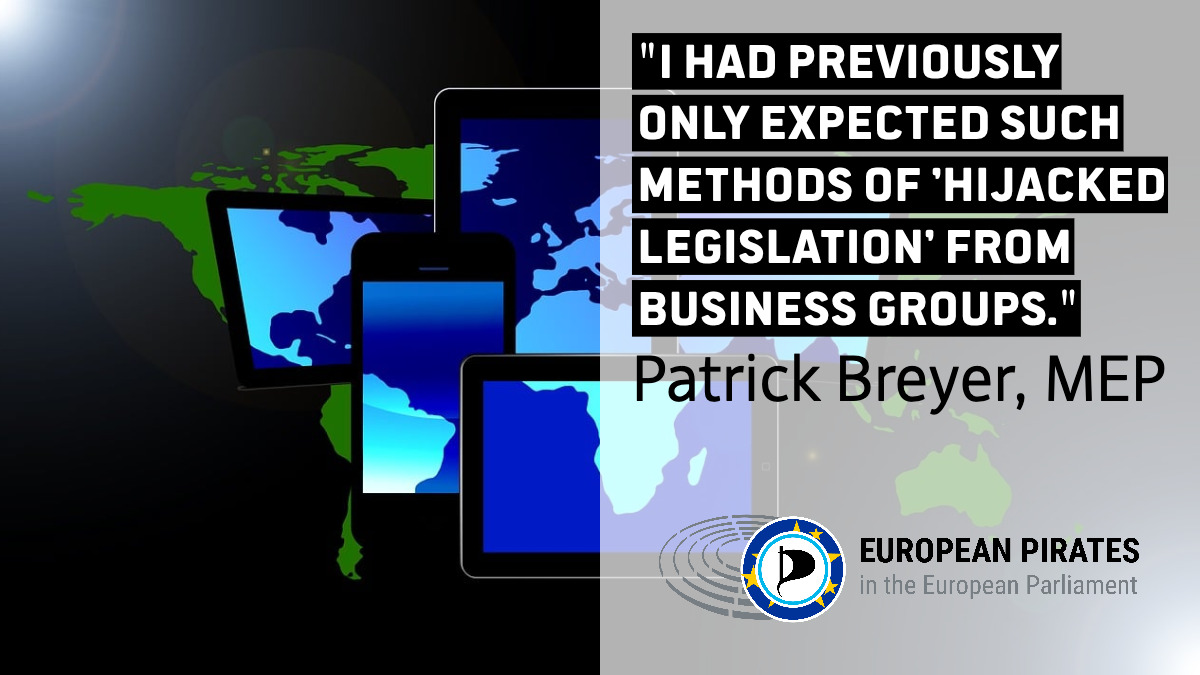

Would you say its unfair to base pricing on any attribute of your customer/customer base?
A business being in a position to be able to implement differential pricing (at least beyond how they divide up their fixed costs) is a sign that something is unfair. The unfairness is not how they implement differential pricing, but that they can do it at all and still have customers.
YouTube can implement differential pricing because there is a power imbalance between them and consumers - if the consumers want access to a lot of content provided by people other than YouTube through YouTube, YouTube is in a position to say ‘take it or leave it’ about their prices, and consumers do not have another reasonable choice.
The reason they have this imbalance of market power and can implement differential pricing is because there are significant barriers to entry to compete with YouTube, preventing the emergence of a field of competitors. If anyone on the Internet could easily spin up a clone of YouTube, and charge lower prices for the equivalent service, competitors would pop up and undercut YouTube on pricing.
The biggest barrier is network effects - YouTube has the most users because they have the most content. They have the most content because people only upload it to them because they have the most users. So this becomes a cycle that helps YouTube and hinders competitors.
This is a classic case where regulators should step in. Imagine if large video providers were required to federated uploaded content on ActivityPub, and anyone could set up their own YouTube competitor with all the content. The price of the cheapest YouTube clones (which would have all the same content as YouTube) would quickly drop, and no one would have a reason to use YouTube.









GitHub are not some bastion of righteousness - they are literally owned by Microsoft. And they work hard to stop people from getting too much Open Source from them, with rate limits and the like, so essentially gate keep.
I think CSDN probably want to gatekeep their clone even harder, but in general having archives of GitHub on the Internet is a good thing.